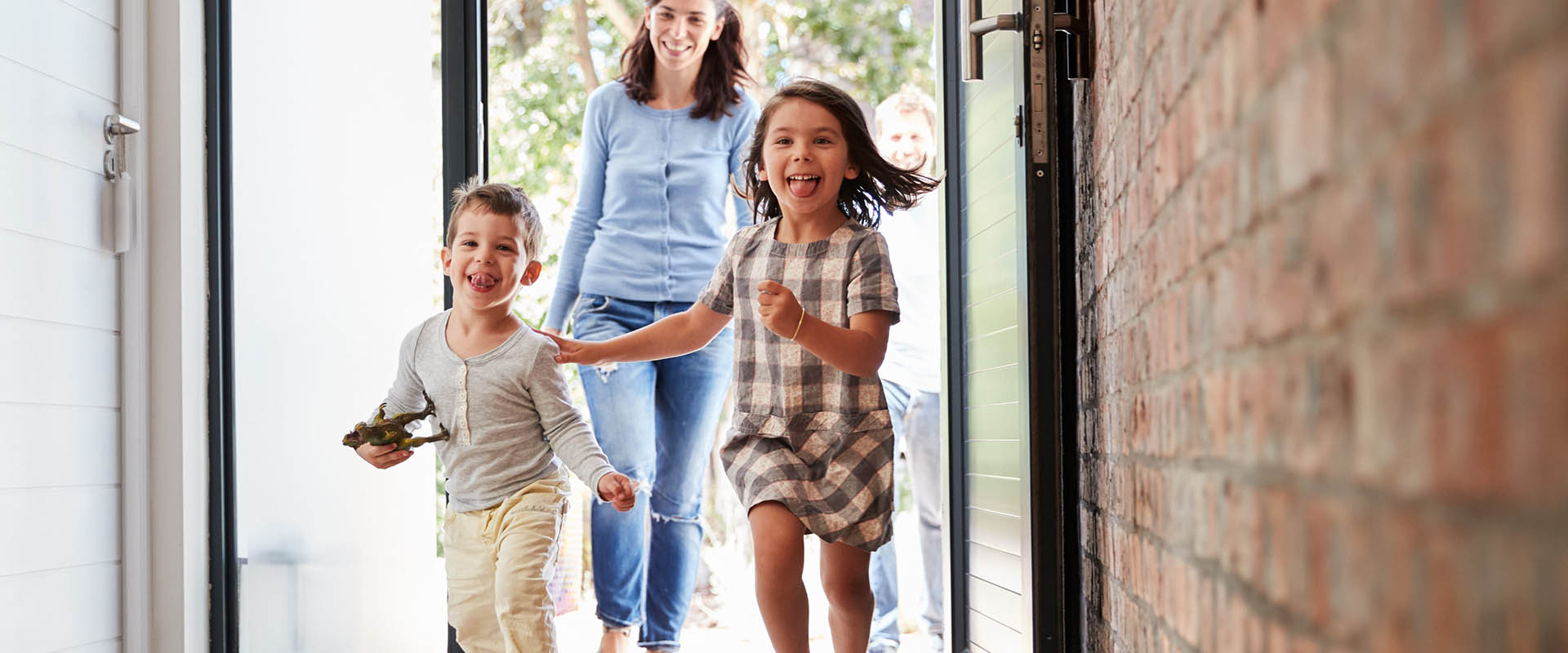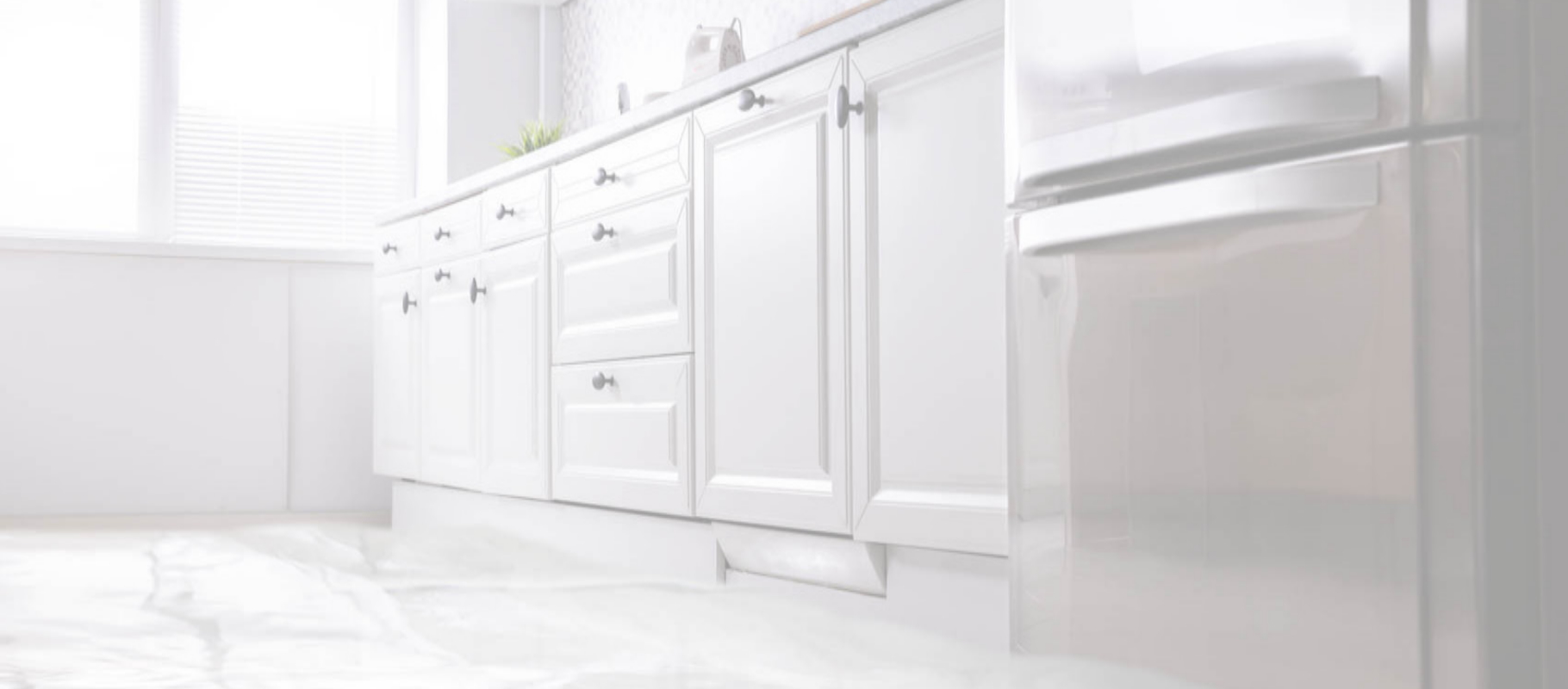24/7
Emergency Services
We Work Directly
With Your Insurance Company
We Help
Save You Money
Classes and Categories of Water Damage

Finding a wet ceiling, flooded basement, or backed-up toilet is never fun. Water damage can come from many sources in your Westport home, and can happen at almost any time. Nearly all forms of water damage require immediate help from a restoration contractor in order to be cleaned up safely, but some types of water damage are more serious than others.
As an experienced, professional water damage restoration contractor, we classify water damage using different classes and categories, each varying in severity. Understanding the definitions of these terms will help you figure out what is happening in your home, and allow you to communicate clearly with all who are involved in this critical process. Here’s what you need to know about the three classes and categories of water damage.
What Are The Three Categories Of Water Damage?
Categories of water damage are defined by the type of water that has caused the damage. The higher the category, the more dangerous the water (and clean-up) is. If you know the source of the water damage in your home, always tell your contractor: This can help them identify the category of water damage, and target their restoration activities accordingly.
Category 1 Water Damage: Clean Water
Category 1 water damage is caused by water that came from a sanitary source, such as:
- Broken water supply lines
- A clean toilet tank or bowl
- Melting ice or snow and falling rainwater
- Faucet, sink or tub overflow
- Failed water heaters
Water from these sources is not dangerous if it was to be ingested or inhaled. Category 1 water damage is the cleanest, but it can become a Category 2 or 3 situation if it’s left untreated for a long time or otherwise becomes contaminated, so make sure to take care of it as soon as possible.
Category 2 Water Damage: Gray Water
Category 2 water damage comes from water that is contaminated in some way. Gray water can come from sources like:
Gray water could cause discomfort or illness if ingested because it most likely contains unsafe levels of microorganisms (or food for microorganisms to grow on), as well as organic and inorganic matter. Category 2 water damage can quickly escalate into a Category 3 situation if not properly taken care of in a timely manner.
Category 3 Water Damage: Black Water
Category 3 is the most severe type of water damage. It refers to damage caused by extremely unsanitary water. Black water contains or has the potential to contain human or animal waste. It can come from sources like:
Black water is filled with contaminants that could cause severe illness or even death if ingested or not cleaned up and treated properly. In addition to viruses and bacteria, it also has the potential to contain silt, pesticides, organic matter, heavy metals, and other toxic organic substances.
Classes of Water Damage
The three categories above refer to the sources of the water damage, and any of those three categories can cause different classes of water damage. The classes of water damage vary in severity: The more water damage there is, the higher the class. Here is how to understand each one.
Class 1
Class 1 water damage is the least severe, and easiest to clean up. In class 1 water damage situations, only a portion of a room or area in your home has been affected, and there is little to no wet carpet to restore. In most class 1 situations, the water has only affected materials with low permeability and absorption like plywood or concrete. Water damage restoration services and only a few small repairs should be needed.
Class 2
Class 2 water damage occurs when an entire room or area is affected. There is typically moisture present in materials like carpeting and padding, and water has wicked at least 12 inches up the walls. In many cases, class 2 water damage means there is moisture in structural materials, which can cause lasting damage to your home if you don’t get help right away.
Class 3
Class 3 water damage occurs when your ceilings, walls, insulation, carpet, and sub-floors are all saturated with moisture. The water may have come from an overhead source like a roof leak or plumbing issues, or it has wicked up the walls over 24 inches from a lower source.
Class 4 water damage means that hard surfaces in your home like hardwood, plaster, and concrete are totally saturated with water. Getting rid of moisture in these materials is very difficult. They will need to be treated in specialized ways, and your total restoration and repair process may be longer.
From Simple Leaks to Complex Floods, Riverside Restoration is Ready to Help
Water damage comes in many forms, and trusted, expert help is critical to ensuring that your home is restored safely - no matter the situation or severity. Riverside Restoration protects Connecticut’s homeowners and their families with detailed, complete water damage restoration services. We service communities throughout South Connecticut, from Greenwich to Fairfield and more.
Partnering with the right contractor is incredibly important if you are dealing with water damage or a sewer back-up in your home. We can help you recover quickly from any class or category of water damage, with accurate coverage from your insurance company for your losses. Contact us today for professional help with these critical situations.
Need Help with Restoration & Remediation?
Contact Riverside Restoration

